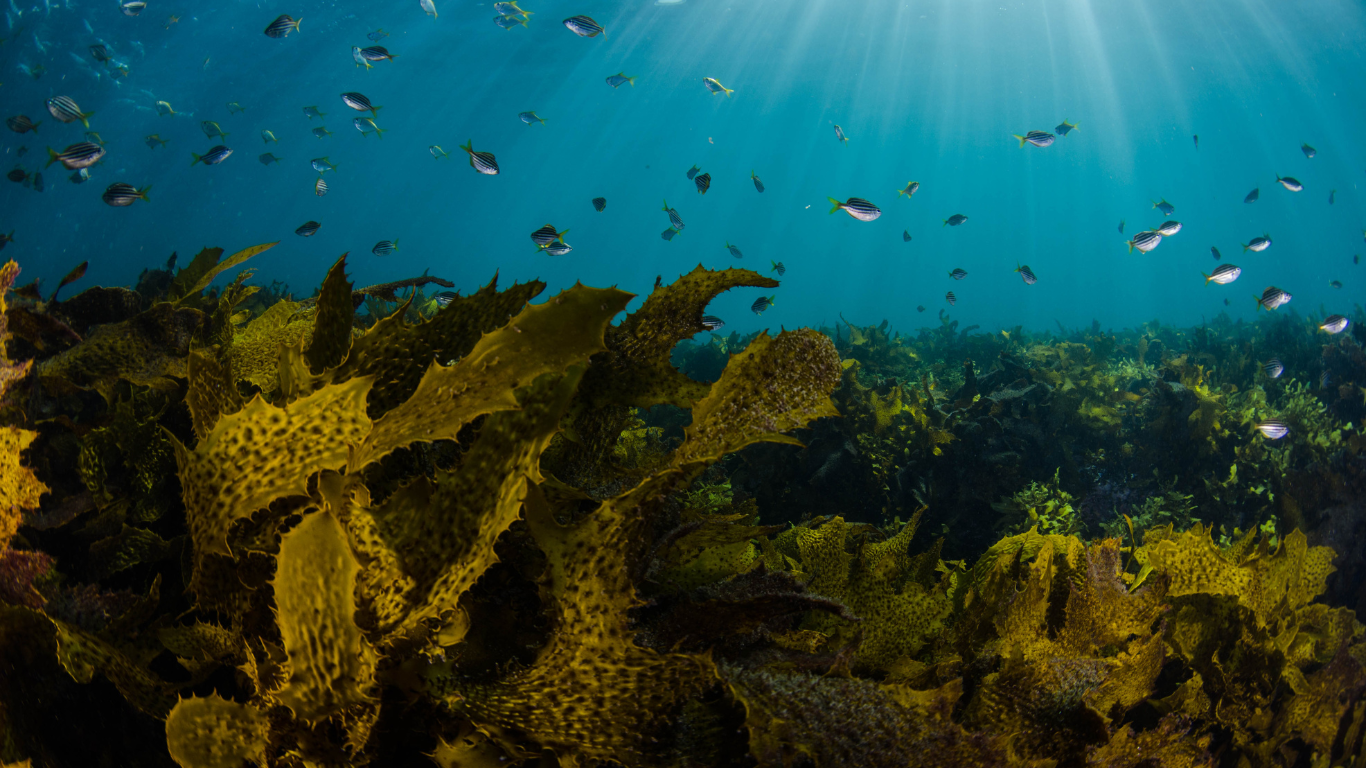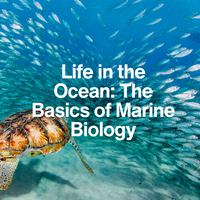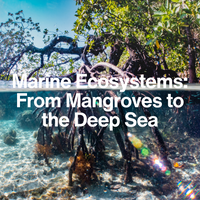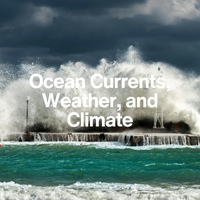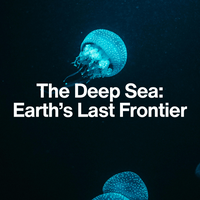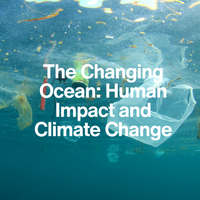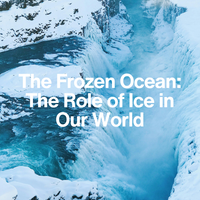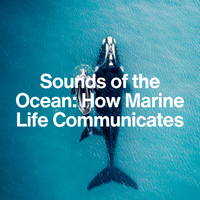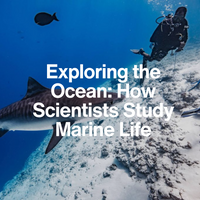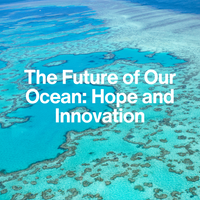LESSON 4
Why Are Coral Reefs Called the “Rainforests of the Sea”?
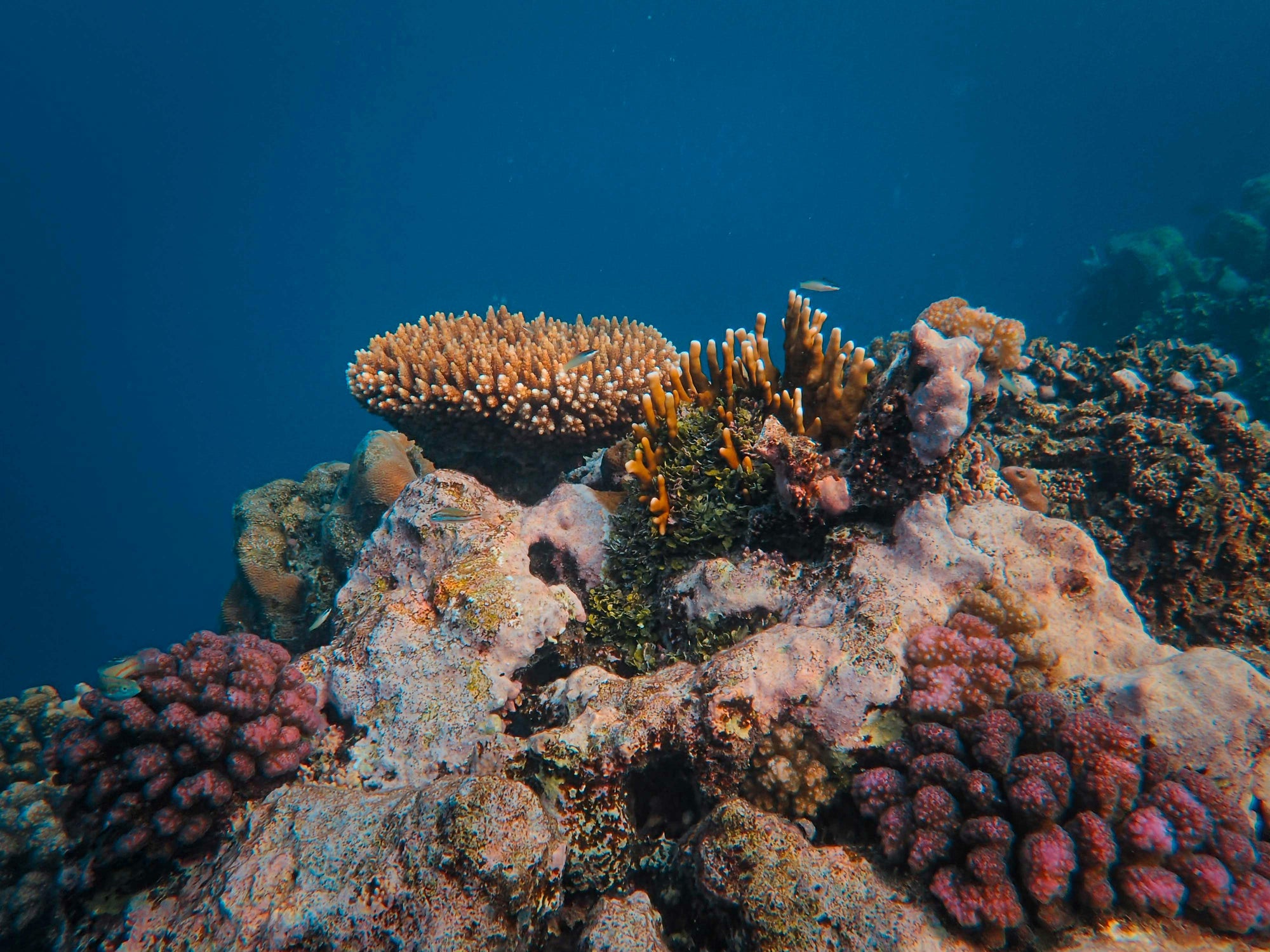
Introduction:
Colour, Life, and Complexity Beneath the Waves
Coral reefs are some of the most vibrant and biodiverse ecosystems on the planet. Stretching across warm, shallow waters in the tropics, they cover less than 1% of the ocean floor—yet they support more than 25% of all marine species. So, why are they called the “Rainforests of the Sea”? It’s not just about their richness in life. It’s also about their structure, their ecological importance, and their vulnerability.
1. What Are Coral Reefs, Really?
Coral reefs may look like underwater rocks or plants—but they’re actually built by tiny animals called coral polyps. These soft-bodied creatures live in colonies and secrete calcium carbonate (limestone) to create hard, protective skeletons that form the reef's structure over time.
Corals have a fascinating symbiotic relationship with a type of algae called zooxanthellae, which live inside their tissues. These algae perform photosynthesis, producing oxygen and food for the coral, while receiving shelter and nutrients in return.
Did You Know?
Coral reefs can grow just a few millimetres per year—but some have been forming for thousands of years, creating massive structures visible from space!
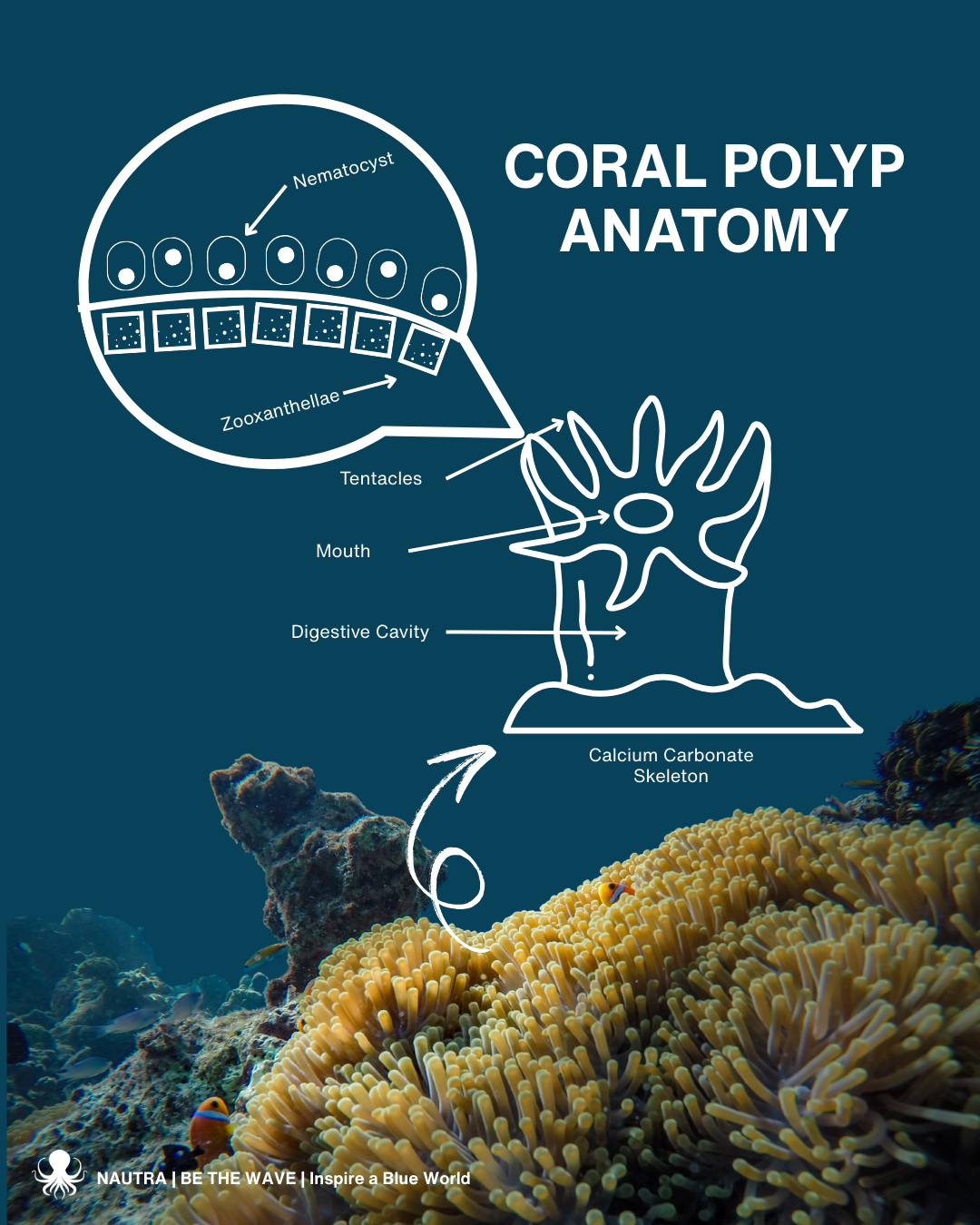
2. Why Compare Them to Rainforests?
Like tropical rainforests, coral reefs are incredibly species-rich ecosystems, packed with life at every level of the food web.
Fun Fact
A single small reef (the size of a football field) may support hundreds of fish species and over a thousand types of invertebrates.
3. Where Are Coral Reefs Found?
Coral reefs thrive in warm, shallow, and clear tropical waters, mostly between 30°N and 30°S latitude.
They need stable conditions to grow—temperatures between 23–29°C, lots of sunlight for photosynthesis, and surprisingly, low nutrient levels (nutrient-rich waters often favor algae over corals).
Famous reef regions include
4. Why Do Coral Reefs Matter?
Despite their small global footprint, coral reefs play a huge ecological, cultural, and economic role.
Did You Know?
Coral reefs protect around 200 million people from storm damage every year.
5. Threats to Coral Reefs
Sadly, like rainforests, coral reefs are also highly vulnerable to human activity and climate change.
Major threats include:
Conclusion
A Treasure Worth Protecting
Coral reefs are more than just beautiful dive sites—they are lifelines for marine biodiversity, coastal communities, and the health of our oceans.
Like rainforests, they are ancient, complex, and irreplaceable.
Protecting them means safeguarding a critical piece of the planet’s ecological puzzle—and ensuring that future generations can marvel at their colours and creatures too.
Key Takeaways:
Coral reefs are built by coral polyps and algae in warm, shallow seas.
They’re called the “rainforests of the sea” because of their incredible biodiversity and complex ecological relationships.
Coral reefs provide critical ecosystem services like food, storm protection, and tourism income.
These ecosystems are highly sensitive to human threats, especially climate change and pollution.
Preserving coral reefs is essential for marine life, people, and the planet.
NEXT LESSON
The Role of Seagrasses, Kelp Forests, and Salt Marshes
In Lesson 5, we’ll explore seagrasses, kelp forests, and salt marshes—the unsung heroes of the marine plant world. These coastal ecosystems may not be as flashy as coral reefs, but they’re just as important for carbon storage, biodiversity, and coastal protection. Stay tuned to discover how these ocean meadows shape marine life from the shallows to the deep.
